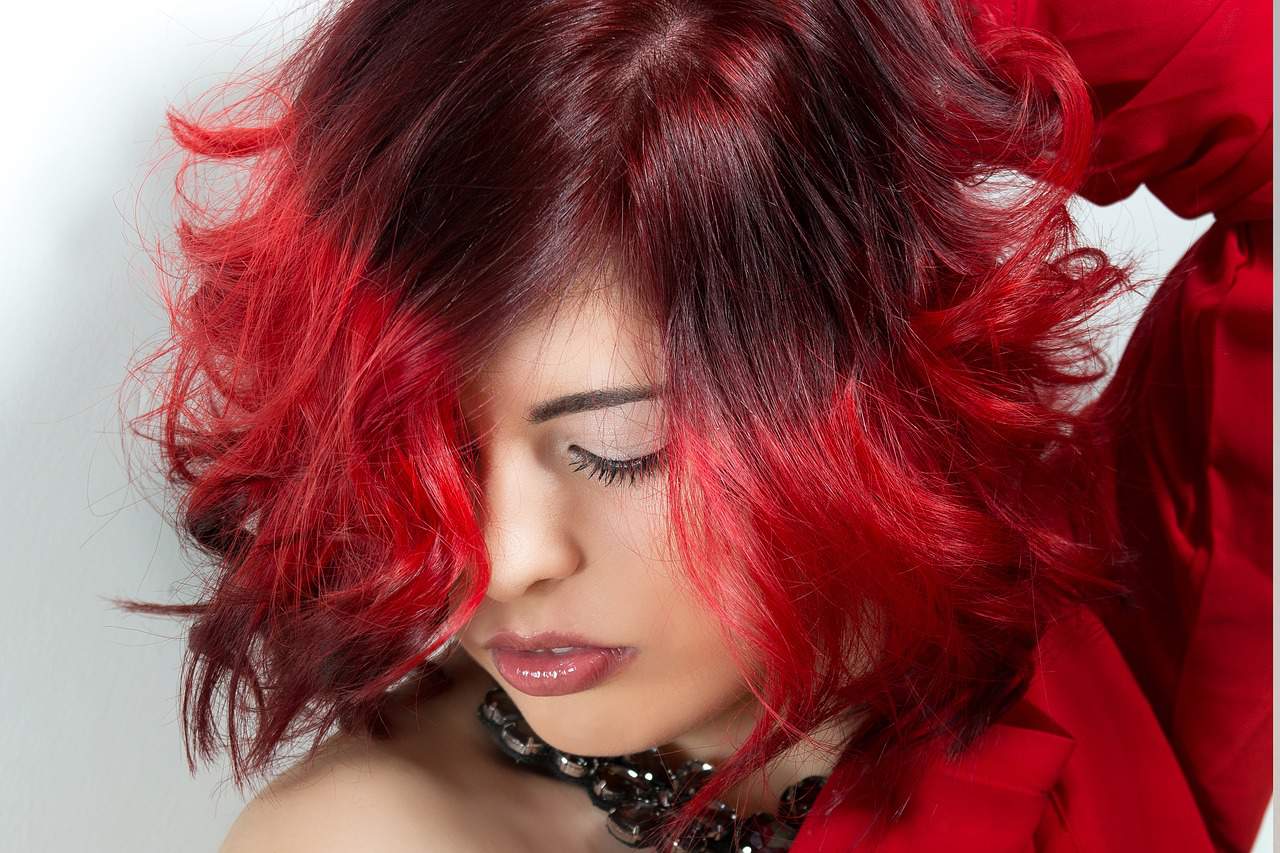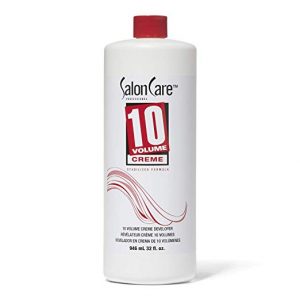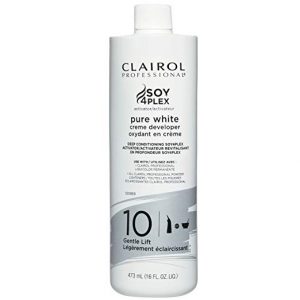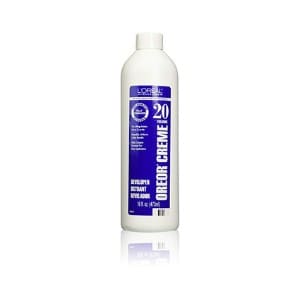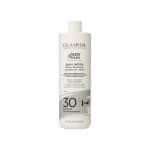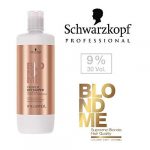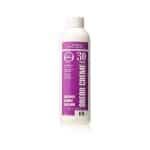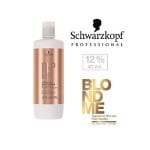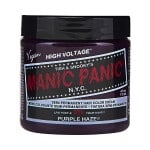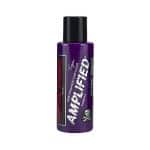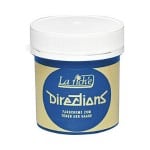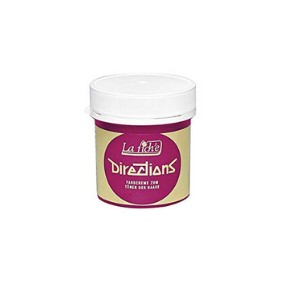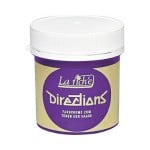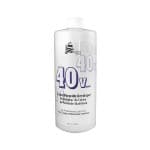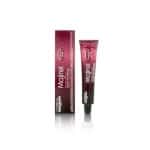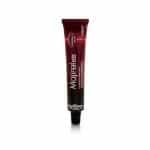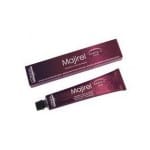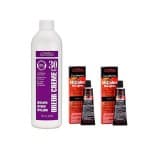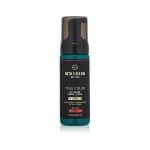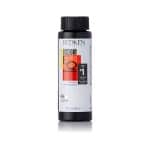Guia do desenvolvedor de cabelo: O que o desenvolvedor de cabelo faz?
Última atualização em 3 de agosto de 2022 por Chauncey Morgan
Uma parte importante de colorir seu cabelo é descobrir qual desenvolvedor de volume você deve usar. O revelador, também conhecido como ativador ou até mesmo peróxido, é misturado com descolorante ou tintura para clarear ou colorir o cabelo. É um produto cremoso que contém peróxido de hidrogênio, e a quantidade de peróxido de hidrogênio é o que determina o volume do revelador.
Quando você compra tintura de caixa, geralmente há dois frascos sendo um deles tintura de cabelo e o outro revelador. Alternativamente, você pode comprar tintura de cabelo (ou descolorante) e revelador separadamente e escolher qual revelador de volume você deve usar com base na condição do seu cabelo, histórico do cabelo e resultado desejado. Adivinhe qual opção lhe dará os melhores resultados ao tingir ou descolorir o cabelo?
O que o desenvolvedor de cabelo faz?
In order to figure out what volume developer to use you need to first understand what is developer for hair and what does hair developer do. Developers are called activators, and without them hair dye would have absolutely no effect.
The developer helps the color penetrate the hair shaft and become permanent. Hydrogen peroxide developer lifts the cuticle layer of the hair and depending on the strength of the activator the cuticle will lift more or less.
Hair developer levels refer to their oxidizing potential, or how much hydrogen peroxide they have. Most bleach and hair color formulas use developer at either 10, 20, 30, or in some cases 40.
Depending on the strength of the developer it can also lift the hair color level a bit. This is why even after removing permanent hair color using color removal products the hair underneath will be lighter than your original virgin hair color.
What Volume Developer Should I Use?
The volume developer that you should use depends on the results you want to achieve.
With hair dye, a low volume developer is enough to lift the hair cuticle just enough for the pigment to slip inside. But when bleaching your, hair you’ll need a higher volume developer. This is because you need to open the cuticle enough to allow for the natural color pigment to be removed from your hair.
Hair developer damages hair, as it opens the cuticle. So always use as low volume a developer as you can get away with provided it gives you the desired results.
Use 10 Volume Developer
If you are applying permanent, no-lift hair color. It won’t lift your base hair color significantly, so you should use it when you want to add a tone or tint to the hair, but keeping it at the same color level. Many toners work with 10 vol developer as it’s the least damaging to the hair, and all you want is to deposit a tone to cancel unwanted color in your hair.
A 10 volume developer is only used to open the hair cuticle layer so the color molecules can deposit in the cortex for long-term results.
Use 20 Volume Developer
When you want to achieve a lift of one o two levels of hair color. If you have more than 50% grey hair you will need to use 20 volume developer for 100% gray coverage with permanent hair dye. Less than that and you may be able to get away with 10 volume developer, and your grey hair will look like highlights.
You can use 20 volume developer with bleach to lighten hair that is naturally blonde in a more gentle fashion.
Use 30 Volume Developer
A 30 volume developer allows you to lighten the hair while coloring by two or three levels and allows more pigment to embed into the hair shaft. If your hair is not very damaged and you want a lighter and more long-lasting color, 30 volume developer can be a great option. If you have low porosity hair, you may find that a 30 volume developer works better as your hair is naturally more resistant to color.
Use 30 volume developer with bleach to lighten light to medium brown hair.
Use 40 Volume Developer
This is best when you are looking to create highlights without bleach using high-lift hair color. This is because it will lift your hair up to four shades. If you are bleaching dark brown or black hair you may also need to use 40 volume developer, but keep in mind that this will be the most damaging for hair. It has 12% peroxide, and that can cause burns on sensitive scalps.
If you are bleaching your hair at home it is much better and safer to do several rounds of bleaching with 30 or even 20 volume developer, and use loads of conditioning treatments and protein builders in between.
A Word About 50 Volume Developer
50 volume developer and higher will burn your hair, destroy your hair and generally cause a huge mess. If you really need to lift your hair a lot, use Olaplex or a similar bond builder and possibly several bleaching sessions. Slow and steady wins the race, you don’t want to hair a very burnt, very blonde chemical hair cut. Always keep the condition of your hair, and your scalp, at the top of your mind.
Using Hair Dye Without Developer
You can use hair dye without developer in some cases, but the results won’t be as permanent as with permanent hair dye. Not all dyes are designed to be used with developer!
Direct deposit dyes are designed to deposit color on the surface of the hair. Those are usually bright rainbow fashion colors, such as Manic Panic or Directions, Pravana or Joico. Those dyes are temporary, but they can sometimes stain the surface of the hair and be difficult to remove. Many of those brands offer colors that can look natural (reds and blacks for example) which don’t require developer. They won’t cover grey hair, but they may make grey hair look like highlights without damaging your hair at all.
Not using a developer with a hair dye that is designed to be used with developer is a waste of your time and money. The pigment won’t be able to get into the hair shaft, as intended. So it will look splotchy, wash out very quick and generally don’t do anything useful.
If you are concerned about the health of your hair, use conditioning treatments and consider using a lower volume developer. Even if you are lightening your hair, you can choose to take a slower route: several lightening sessions using Olaplex and lots of conditioning in between to preserve the health of your hair.
How to Mix Hair Color and Developer
Always use a plastic bowl, not metallic, to mix your hair color and developer. Depending on the results you want to achieve, mix your developer and dye/bleach in different proportions. Mixing ratio of dye to developer is usually either 1-to-1, 1 -to-1.5 or 1-to-2 if you need extra lightening. But this varies depending on the brand, so always read the instructions. For example, Wella Color Charm toners require 1-to-2 toner to developer ratio, using a 20 volume developer.
There are both liquid and cream developers in the market. While the performance may be similar, the cream ones are much easier to use for at-home hair coloring. The reason is that a creamy mix is easier to control, won’t drip everywhere, and will allow you a more controlled application. I would always recommend using a cream developer if you are dying your hair at home.
Usually, you will mix powder bleach and developer at a ratio of 1-to-2, so double the amount of developer than bleach. Use plastic tools, not metal, and mix until you have a smooth, creamy paste. If it’s too runny, add a bit more powder. But make sure you are mixing it really, really well, because otherwise, the application will be difficult. Badly mixed bleach and developer lead to uneven results, as the mix will have different strengths.
How Much 20 Volume Developer to Mix With Hair Color
20 volume developer is used to slightly lighten hair (up to 2 tones) and allow permanent pigments to get inside the hair cuticle. Most hair dye will require a 1-to-1 20 volume developer to hair color but if you are using high lift hair color you’ll want to go up to 1-to-2. Always check the instructions on the dye.
What Volume Developer for Gray Hair
If you have less than 25% grey, a semi-permanent hair dye may be enough to cover those first greys. But for anything else you should use permanent dye and developer.
Grey hair in general is more resistant to color, but if you are doing a deposit-only color you could get away with 10 volume developer. However, usually, 20 volume developer works better for grey hair. You can use 30 volume developer for high lift color.
The following tricks will help you achieve the best grey coverage with any developer.
- Apply color to the most resistant grey areas first, as it will need the maximum processing time
- Process hair for the full 45 minutes, do not wash it early. Grey hair often takes much longer to take on color.
- If your goal is to cover grey hairs, gold and neutral tones often give better results than ash and cool tones. Ash can easily look grey and make matters worse.
- Grey hair lacks natural pigment, so it’s worth adding some neutral to your formula to anchor the more golden and red colors and avoid them looking too brassy.
How Much Developer to Use With Hair Color
Sometimes, you want to add a bit of extra developer if you are doing a full head application. A runnier mix allows you to really saturate the hair with product, and it can be really useful if you have very long hair and are trying to apply the dye quickly and saturate all the hair. But you can also achieve this using a liquid developer instead of a cream one.
If you add too much developer on the dye mixture, the mix will be wet and runny, which can make the application more difficult. You can also lighten your hair but without depositing enough color, it leads to hair color that fades quickly and looks flat. This happens sometimes when you are lightening your hair with peroxide.
What Developer to Use When Dying Hair Red
If you are trying to dye your red hair blonde without orange or dye your hair red, your choice of developer will make a difference. Particularly, if you want to dye your hair red without bleach.
If you already have blonde hair and want to go a darker shade of red, you should be using a deposit-only color and 10 volume developer. Keep in mind that if you bleached your hair you won’t have any natural yellow, orange, or red pigments. So you will need to prefill your hair with those pigments first. This sort of drastic color correction can be difficult and better handled by a professional. You can also use a rainbow hair dye (vegetable or deposit only) to get red hair without a developer.
Going from brunette to redhead requires some more processing. Use hair color that will bring dark hair to bright red using 30 volume developer. This is great if you want to achieve red hair without bleaching your hair first. It also works very well to get red highlights on brunette hair.
If you just want red tones on your brunette hair you can choose a regular red hair dye with a 20 volume developer. This will give dark red results on very dark hair, or mahogany and auburn tones on lighter hair, but it will also be less damaging to the hair.
As usual with red hair, maintenance is almost as important as dying the hair red correctly. Red pigments have very big molecular sizes, and that means it’s difficult to keep them inside the hair shaft. They will wash out quicker than other colors. Using at-home glossing products for red hair can help keep your red vibrant.
Espero que tenhamos conseguido responder às suas perguntas sobre qual desenvolvedor de volume devo usar, o que é desenvolvedor de cabelo e como funciona o desenvolvedor de cabelo. Se tiver mais alguma dúvida, deixe nos comentários!
Qual é o próximo?
Obtenha mais conselhos sobre como ter cabelos saudáveis aqui!
